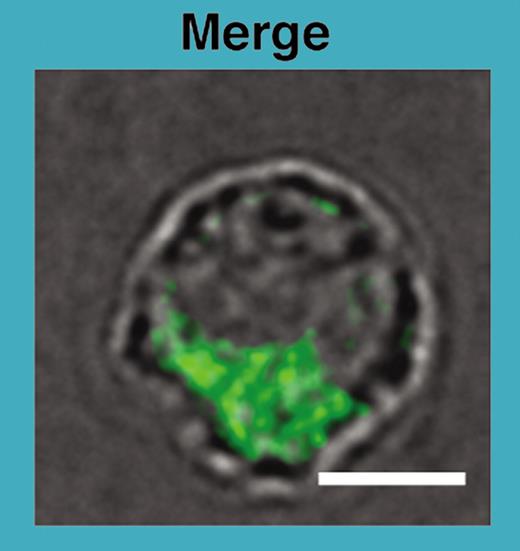PRRs include receptors for microbial products such as Toll-like receptors (TLRs), inflammasome activators, and sensors of viral RNAs, as well as receptors for materials exuding from leaky or dying cells. Such stimuli are thought to be the prime movers that activate dendritic cells (DCs), which in turn program the generation of memory T cells, a classic cell of adaptive immunity. TLR agonists may also help program the development of long-lived memory B cells and plasma cells, but the pathways for this are less certain.
But what is the role of innate PRRs in generating immune responses directed against transplanted foreign tissue or self-antigens during autoimmunity? Although PRRs may be involved, a recurring theme is that CD40ligand (CD40L) expression can initiate immunity in the absence of a PRR stimulus. A necessary role for CD40L is suggested by the ability of anti-CD40L antibodies to induce tolerance to allotransplants and to ameliorate the progression of autoimmune diseases in animal models.1 Antigen stimulation of CD4+ T cells leads to CD40L expres sion, which in turn activates DCs to provide T cells with positive feedback stimuli for CD28 and other receptors. Although naive CD4+ T cells constitutively express very low levels of CD40L, now Koguchi et al have established the presence of CD40L in the secretory lysosomes of effector and memory CD4+ T cells. Upon CD4+ T cell activation, this preformed pool of CD40L is exteriorized to the cell surface within just 30 minutes, albeit at a submaximal level. Further protein synthesis is necessary for high-level CD40L expression 2 to 6 hours later.
Preformed CD40L within secretory lysosomes in a murine CD4+ T cell (green fluorescence in this merged light-and-immunofluorescence micrograph) can be rapidly expressed on the cell surface after antigenic stimulation. See the complete figure in the article beginning on page 2520.
Preformed CD40L within secretory lysosomes in a murine CD4+ T cell (green fluorescence in this merged light-and-immunofluorescence micrograph) can be rapidly expressed on the cell surface after antigenic stimulation. See the complete figure in the article beginning on page 2520.
What is the significance of this quick-on-the-draw CD40L expression by antigen-activated T cells? First, it could provide a signal for B cells that need only 1 hour of binding to CD4+ T cells to become activated. By contrast, DCs become activated after many hours of binding to CD4+ T cells, implying that the CD40L expression 2 to 6 hours after CD4+ T cell stimulation may be critical for activating DC functions.2 Second, this rapid expression of CD40L by CD4+ T cells is reminiscent of platelets in which preformed, cytoplasmic CD40L translocates to the cell surface within seconds of activation. The immune-activating capacity of platelet-produced CD40L is sufficient to trigger the rejection of vascularized allotransplants.3 Third, the modest level of CD40L expression on CD4+ T cells that comes from secretory lysosomes could paradoxically lead to immunologic tolerance since low-level CD40L expression stimulates macrophages to produce IL-10, an immunosuppressive cytokine.4 Fourth, the early expression of CD40L could promote DC maturation. When both CD40 and TLR stimuli are delivered to DCs, these cells undergo apoptotic death if the TLR signal comes before the CD40 signal; if the reverse occurs, then the DC survives and becomes a strong antigen-presenting cell. So the timing can be critically important.5
In summary, the presence of a preformed pool of CD40L within CD4+ T cells provides a pathway for the adaptive immune system to activate DCs and B cells in a similar manner to innate PRR stimuli. In this way, the adaptive immune response can activate immunity without waiting for an innate immunity triggering signal.
This work was supported by National Institutes of Health (NIH) grant R21AI73240 and California HIV/AIDS Research Program grant ID06-VMRF-231.
Conflict-of-interest disclosure: The author declares no competing financial interests. ■


This feature is available to Subscribers Only
Sign In or Create an Account Close Modal